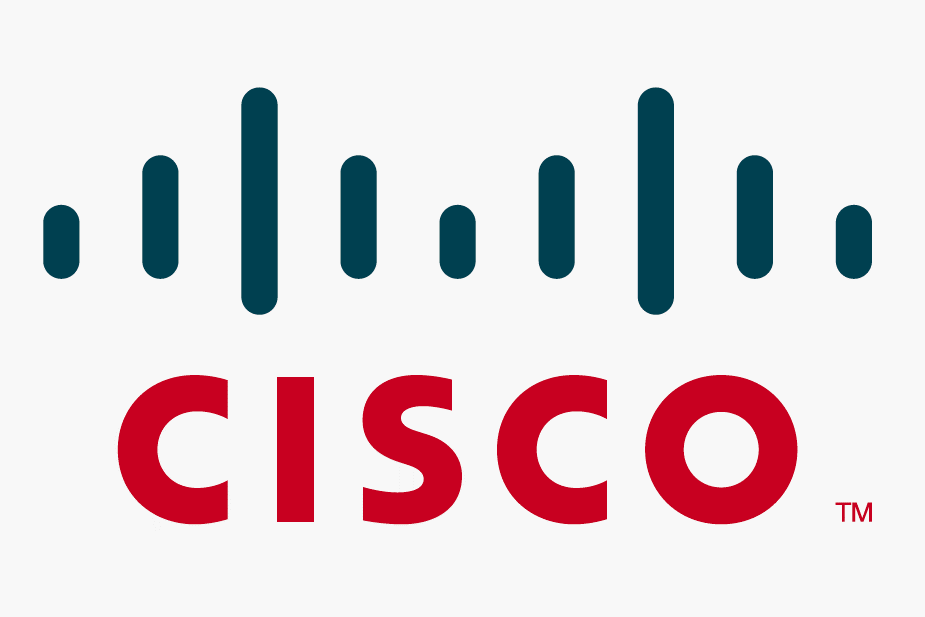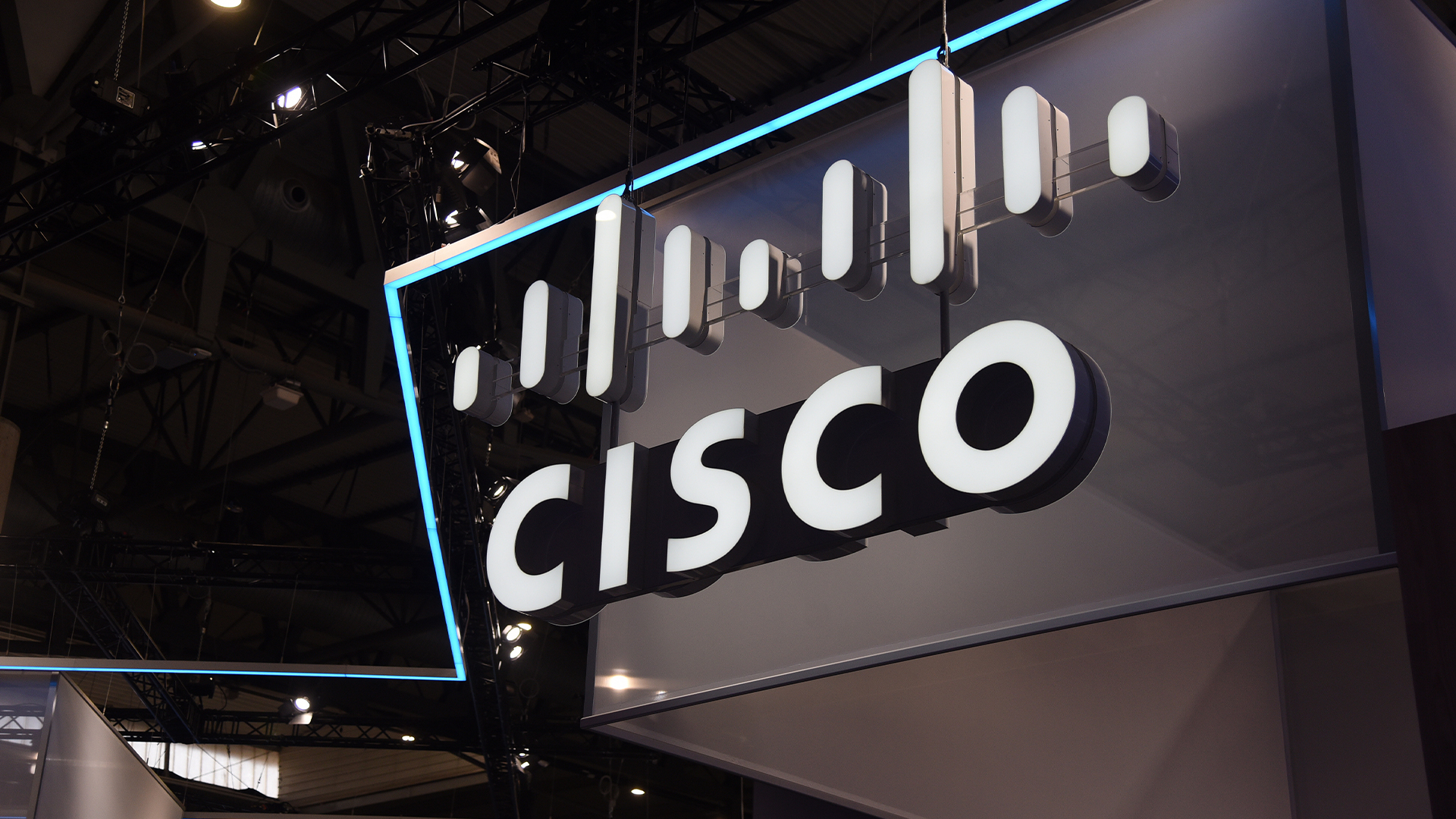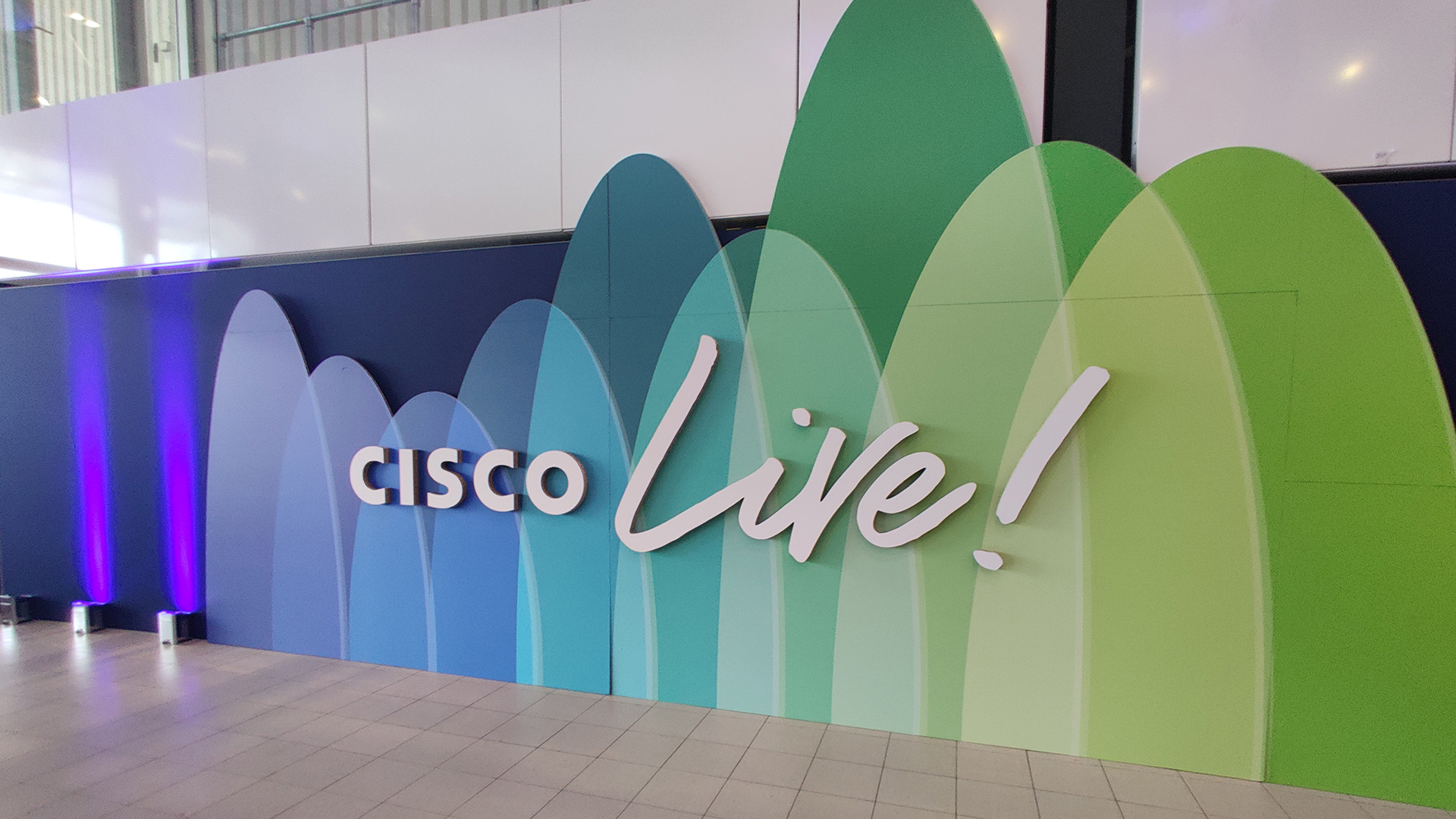Is Cisco changing its strategy?
This week has seen two big moves on Cisco's part - is the IT firm changing tactics, or is this just part of a longer term move?

On Monday, networking powerhouse Cisco Systems announced it will start building its own computers in this case blade servers for the first time. Then on Thursday, it flips around and shells out $590 million (409 million) for the maker of a tiny consumer video camera.
What's going on at Cisco?
Actually, Cisco has been acquiring its way steadily into consumer electronics for six years now, starting with its 2003 acquisition of home networking supplier Linksys for $500 million. Two years later, Cisco snapped up set-top box maker Scientific Atlanta for a cool $7 billion. Later in 2005, Cisco paid $61 million for a Danish company called Kiss Technologies, developer of video-on-demand boxes.
Cisco executives revealed some of their emerging strategy a few months after that at the 2006 Consumer Electronics Show in Las Vegas, where they unveiled home audio and media hub products intended to generate demand for home networking equipment.
Now with the acquisition of Pure Digital, maker of the wildly popular Flip video camera, Cisco places its hopes for future growth in an arena once considered anathema to it.
"Cisco's basic business problem is that they want to continue growing and they'll have to do it beyond their current markets," said Andy Ingram, vice president of business development for the data center group at Juniper Networks, a much smaller networking vendor. As their bread-and-butter businesses mature, he noted, Cisco must find new ways to maintain the kind of double-digit growth its shareholders have come to expect.
It certainly doesn't hurt that the company is sitting on roughly $30 billion in cash.
Sign up today and you will receive a free copy of our Future Focus 2025 report - the leading guidance on AI, cybersecurity and other IT challenges as per 700+ senior executives
Less than five per cent of the company's $40 billion in annual sales comes from consumer products currently, but that may well change as Cisco continues to flesh out the details behind its advertising slogan: "Welcome to the Human Network."
Ned Hooper, head of Cisco's consumer group and senior vice president of corporate development, said that the Flip video camera is more than just a clever little gadget. It's a video platform, capable of driving ever-increasing demand for bandwidth and, ultimately, for more Cisco routers.
"The acquisition of Pure Digital is key to Cisco's strategy to expand our momentum in the media-enabled home and to capture the consumer market transition to visual networking," Hooper said in a statement. "This acquisition will take Cisco's consumer business to the next level as the company develops new video capabilities and drives the next generation of entertainment and communication experiences."
By the same token, Cisco's push into blade servers part of what the company calls its Unified Computing System strategy also is designed to keep Cisco's growth rate up, even as the economy flags.
"In today's economy, IT organisations must increase productivity and cut costs while maintaining the IT excellence that provides their companies with a competitive edge," said John Enck, managing vice president of infrastructure and operations at Gartner.
"CIOs will invest in innovative technology if it increases productivity, protects their existing IT investments, and demonstrates real benefits that will extend the life of the data center."
-
 Microsoft wants to replace C and C++ with Rust by 2030
Microsoft wants to replace C and C++ with Rust by 2030News Windows won’t be rewritten in Rust using AI, according to a senior Microsoft engineer, but the company still has bold plans for embracing the popular programming language
-
 Google drops $4.75bn on data center and energy firm Intersect
Google drops $4.75bn on data center and energy firm IntersectNews The investment marks the latest move from Google to boost its infrastructure sustainability credentials
-
 Cisco says Chinese hackers are exploiting an unpatched AsyncOS zero-day flaw – here's what we know so far
Cisco says Chinese hackers are exploiting an unpatched AsyncOS zero-day flaw – here's what we know so farNews The zero-day vulnerability affects Cisco's Secure Email Gateway and Secure Email and Web Manager appliances – here's what we know so far.
-
 Researchers claim Salt Typhoon masterminds learned their trade at Cisco Network Academy
Researchers claim Salt Typhoon masterminds learned their trade at Cisco Network AcademyNews The Salt Typhoon hacker group has targeted telecoms operators and US National Guard networks in recent years
-
 Cisco ASA customers urged to take immediate action as NCSC, CISA issue critical vulnerability warnings
Cisco ASA customers urged to take immediate action as NCSC, CISA issue critical vulnerability warningsNews Cisco customers are urged to upgrade and secure systems immediately
-
 Cisco eyes network security gains for agentic AI
Cisco eyes network security gains for agentic AINews New network security updates aim to secure AI agents across enterprises
-
 Cisco patches critical flaw affecting Identity Services Engine
Cisco patches critical flaw affecting Identity Services EngineThe networking giant has urged enterprises to update immediately
-
 96% of businesses have low cyber-readiness, claims Cisco
96% of businesses have low cyber-readiness, claims CiscoThe 2025 Cisco Cybersecurity Readiness Index shows a concerning number of businesses globally are unprepared for rising AI-related threats.
-
 Cisco takes aim at AI security at RSAC with ServiceNow partnership
Cisco takes aim at AI security at RSAC with ServiceNow partnershipNews The companies claim Cisco AI Defense and ServiceNow SecOps will help address new challenges raised by AI
-
 Cisco claims new smart switches provide next-level perimeter defense
Cisco claims new smart switches provide next-level perimeter defenseNews Cisco’s ‘security everywhere’ mantra has just taken on new meaning with the launch of a series of smart network switches.